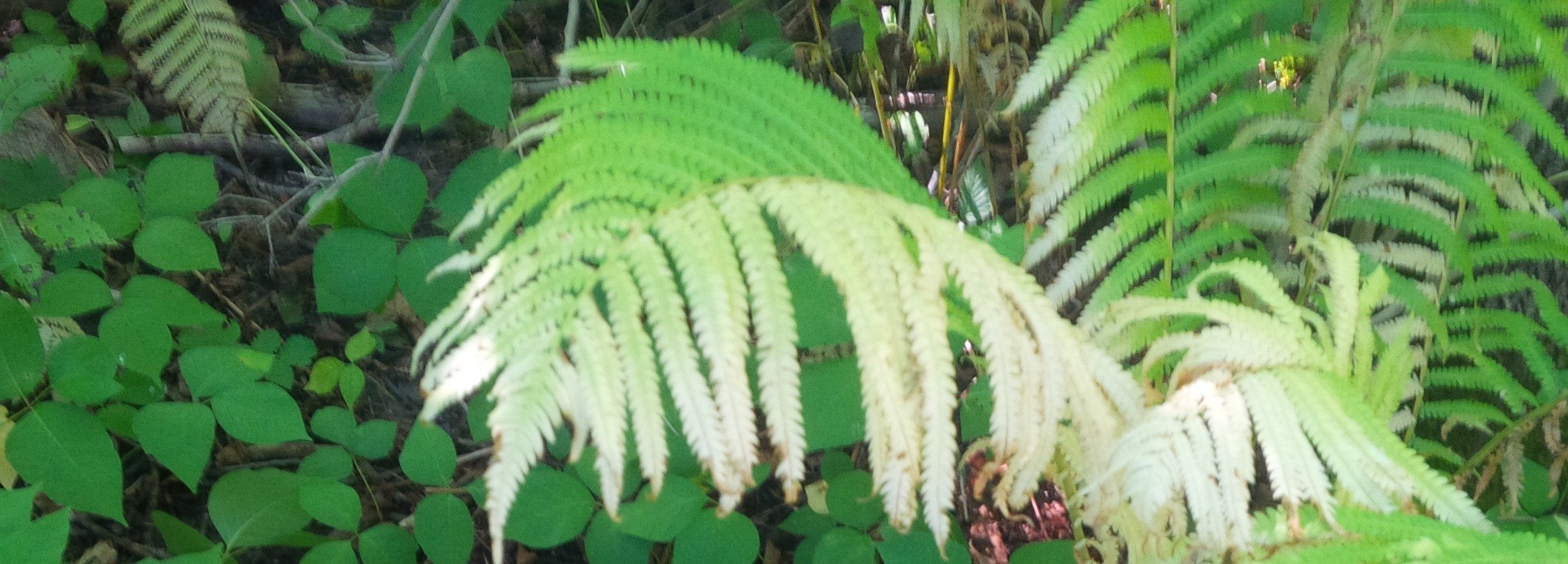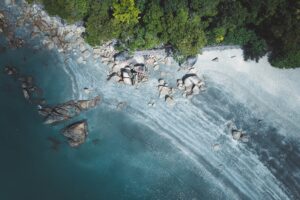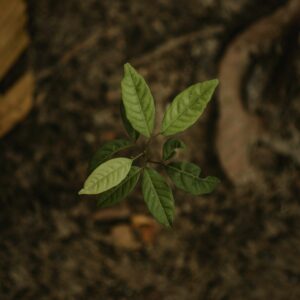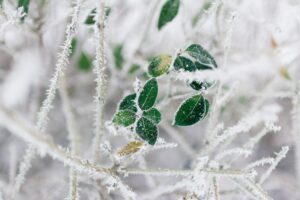Dean Fitzgerald, Senior Ecologist, at Premier was invited to write a book chapter that describes how we are using plant species and plant communities to discover lost oil wells at Wiikwemikoong Unceded First Nation (Wiikwemikoong) on Manitoulin Island. The book is called Plant Phenology and has a focus on documenting the responses of plants to natural and anthropogenic sources of disturbance.
Our chapter will provide an overview of how we are using plant ecology combined with traditional ecological knowledge provided by Patrick Fox and others from Wiikwemikoong. This approach has revealed that some plant species die back following exposure to water that drains to the landscape from old oil wells, due to the high salt content in this water, while other plants are able to grow successfully in this salty water. This chapter has the following draft title: “Poison Ivy (Toxicodendron radicans): a Diagnostic Indicator of Natural and Anthropogenic Stress in Fields and Forests”. Thus, we are reporting on our approach using Poisoin Ivy as an indicator species to discover lost oil wells. In general, Poison Ivy grows well in close proximity to oil wells where the salt content in the water is high, while other plants die back or show signs of stress, including small size as well as chlorosis – the bleaching of leaves, attributable to salt exposure around the roots. The photograph below shows Poison Ivy growing well around an old oil well versus the fern hanging above showing chlorosis of the frond on the side of the well. We used the prevalence of Poison Ivy and chlorosis of the fronds to guide us to this spot on the landscape.







